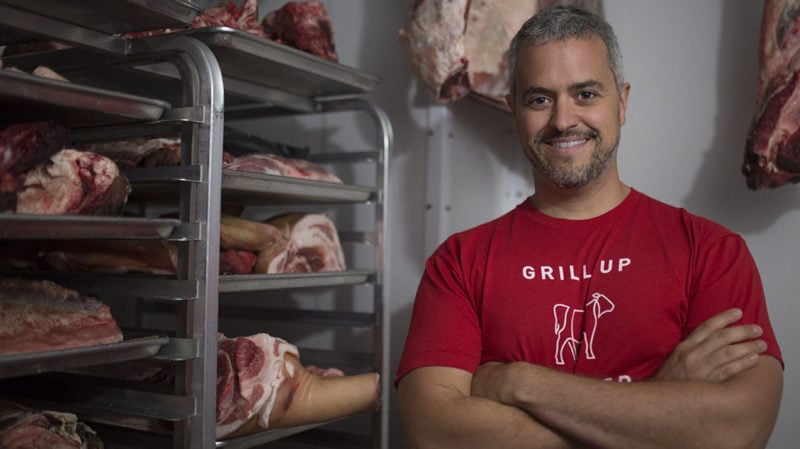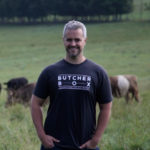Last Updated on March 10, 2020
Grass-fed beef—the loose classification for meat from cattle that eats grass instead of grains—has grown in popularity over the past decade.
However, it may be surprising to some to discover that grass-fed beef is not necessarily a new trend. The meat our grandparents ate was most definitely “grass-fed” as grazing cattle on pasture was less expensive than feeding them grains, which, before the 1950s, were quite pricey.
The resurgence in popularity for meat from grass-fed cattle began slowly in the 2000s and didn’t fully pick up steam until around 2010 when Whole Foods Market began to showcase the differences between grain-fed beef—the current industry standard—and grass-fed offerings. In the same year, the chain also announced that grass-fed beef would be available in all its stores.
While this is one way many people have been introduced to grass-fed beef—most likely in the form of ground beef—a lot of people who seek out grass-fed meats in 2017 do so by way of some the most popular current diet trends.
I was first made aware of grass-fed beef through programs such as the Whole30 and Precision Nutrition. Trying to follow those programs and reading more about the benefits of grass-fed beef from the likes of Michael Pollan, the author of The Omnivore’s Dilemma, made me want to try to eat more of this meat. But that’s just one part of the story.
This is how I ended up in someone’s living room one night picking out my very own $400 pile of meat as part of a cow share.
I had found the farmer through a friend. Every year, he would gather people together and share a cow they had raised. Basically, he’d put the entire cow out in his living room and sell the various parts.
I thought that was cool and loved the quality of the meat. It was also better knowing the life cycle of that animal, and knowing where it originated. I also thought it was interesting to have the option to purchase from someone who was raising cattle in a better manner than most other farmers out there. The unique cuts of beef available was also something that was new to me; Whole Foods has only a limited selection of steaks, so this gave me the chance to try cuts that I was unaware of at the time.
Over the next year, I would rave about the meat, and people would ask if they could get some of the meat the next time I did a cow-share.
The next year, I ended up buying half of a cow myself and sold the shares to friends. The following year, I bought an entire cow and sold the shares.
I quickly realized that this process was a completely inefficient way to get grass-fed meat. The quality and variety, however, were far better than what you could find at Whole Foods.
For me, the cow share experience was very similar to doing a CSA, which my wife and I had done regularly. With the CSA, we loved the idea of getting a box of assorted vegetables and other food from which we’d have to create a meal. The discovery process was appealing, figuring out what we were going to do with the random rutabaga that we got. That was really fun for us. Also, the idea of supporting a farm was a big draw.
So in launching ButcherBox, we combined the two ideas, a CSA and a cow share. In doing this, we created an experience for our members delivering quality, unique cuts of meat to their doors along with guides on how to cook their food. With our curated box experience, members would also have the opportunity to try cuts of meat that might be unfamiliar.
From the beginning, ButcherBox’s mission has been both to supply quality food and to expand people’s culinary horizons. It is something we continuously strive to accomplish.
Mike Salguero is the CEO and founder of ButcherBox.



